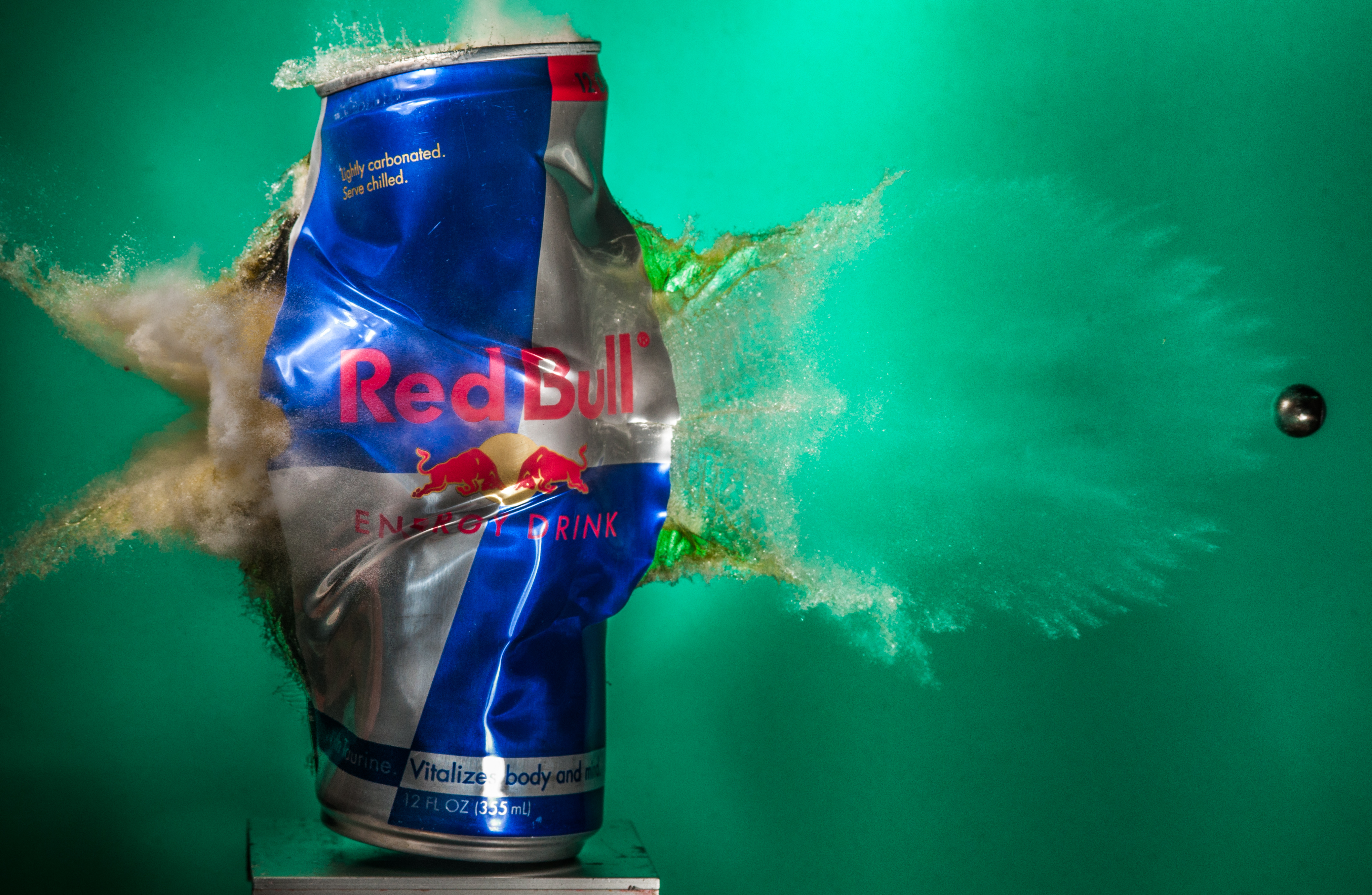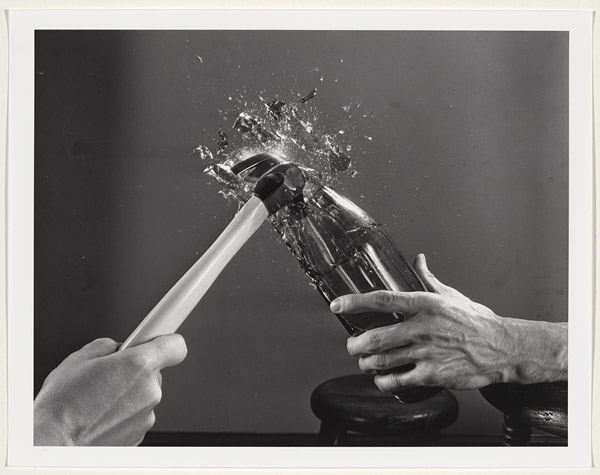Videos on the YouTube channel FullMag feature today’s hottest tech products, being destroyed by gunfire. The concise clips often include detailed specs for, and knowledgeable critiques of, the gizmo being shot, the weapon used to reduce it to garbage, or both.
Here’s a recent example: The new GoPro Hero4 Session vs. a Marlin rifle.
Some videos focus more on the gun, others more on the target object. (On occasion the target isn’t a device, but something more along the lines of a watermelon.) But of course the real payoff is the moment of obliteration, often a slow-motion image of something currently fetishized by consumer culture — this concise clip of an Apple Watch being shot in half is a good example. The channel has close to 1.5 million subscribers, one of whom is me.
What’s the appeal? I could tell you that I met the guy behind this channel while reporting a few years ago, and found him both impressive and likable. But that would be a dodge. The more interesting truth is that FullMag is just an example of a genre: Plenty of thoughtfully designed objects are being thoughtfully obliterated for entertainment and/or artistic purposes, and there's an audience for the results.

"More Bull," (c) Alan Seiler, used with permission.
Just the other day, the (must-read) packaging-design blog Box Vox posted about the photography of Alan Sailer, whose work includes high-speed image captures of “projectiles passing through consumer packaging.” A while back BoingBoing pointed out a video of a compact disc shattering at a ridiculously high rotation speed. And recently another YouTube channel devoted to destroying technology had a bit of a viral hit with a clip of a $10,000 Apple Watch being smashed by powerful magnets.
Presumably there’s some raw shock value at work here: It seems daringly reckless to ruin something valuable. Destroying stuff in general has an appeal somewhere between the childish and sophomoric — a combination of developing-mind curiosity about the limits of the world, and irreverent delight at seeing norms violated simply because they can be.
Perhaps there’s even something unconsciously empowering about witnessing certain venerated artifacts of the made world laid to waste. Surely we have all fantasized about flinging a smartphone (or some other supposedly helpful object that feels more like a master than a servant) out the window of a high floor — or even about taking an ax to an unreliable digital camera. In short, maybe these clips offer a comforting reminder: It’s just stuff.
This apparent inversion of the awe we are supposed to feel at humanity’s contributions to the material landscape has an obvious parallel in the longstanding fascination with the “explosive beauty” of building demolition. Footage of artfully imploded structures has been a crowd-pleaser for as long as I can remember; I even recall a Seattle acquaintance telling me about roof-top party to view the destruction of the Kingdome. On this spectacular scale, we admire destruction as a skill.

Coke Bottle Smash, Harold Edgerton, 1960. National Gallery of Australia
Scaled down, the appeal of violence against objects benefits from … technology. Box Vox cites the work Dr. Harold Edgerton of MIT, a high-speed photography innovator whose experiments included a bit of designed-object destruction.Today, product-destruction videos invariably turn on the use of documentation equipment that slows impossible-to-see moments of shattering damage into something the eye can process. Earlier this year, Motherboard ran a short item usefully headlined “This $5,000 High-Speed Camera Makes the Exploding World Accessible.” As the piece pointed out, that’s actually a fairly low price point for such powerful camera equipment. And it underscored the payoff with a video of an almost absurdly straightforward act of brute force overwhelming an elegant design: a hammer smashing a lightbulb.
Smashing Lightbulb - 5000 Frames Per Second from edgertronic on Vimeo.
But even as we use technology to document the willful destruction of technology, there’s some kind of material-culture version of the memento mori at play here. Our most wonderful designed objects are no more immortal than we are. Even masterfully designed things fall apart. Or get shot to pieces with the help of other things.
Or, as in the case of the engine blocks in this final video demonstrating the capability of something called the Hammel VB 950, impassively shredded by another impressively designed object.


Comments [6]
07.20.15
10:27
07.21.15
11:03
08.05.15
08:28
09.19.15
02:22
10.29.15
02:51
01.01.16
12:51